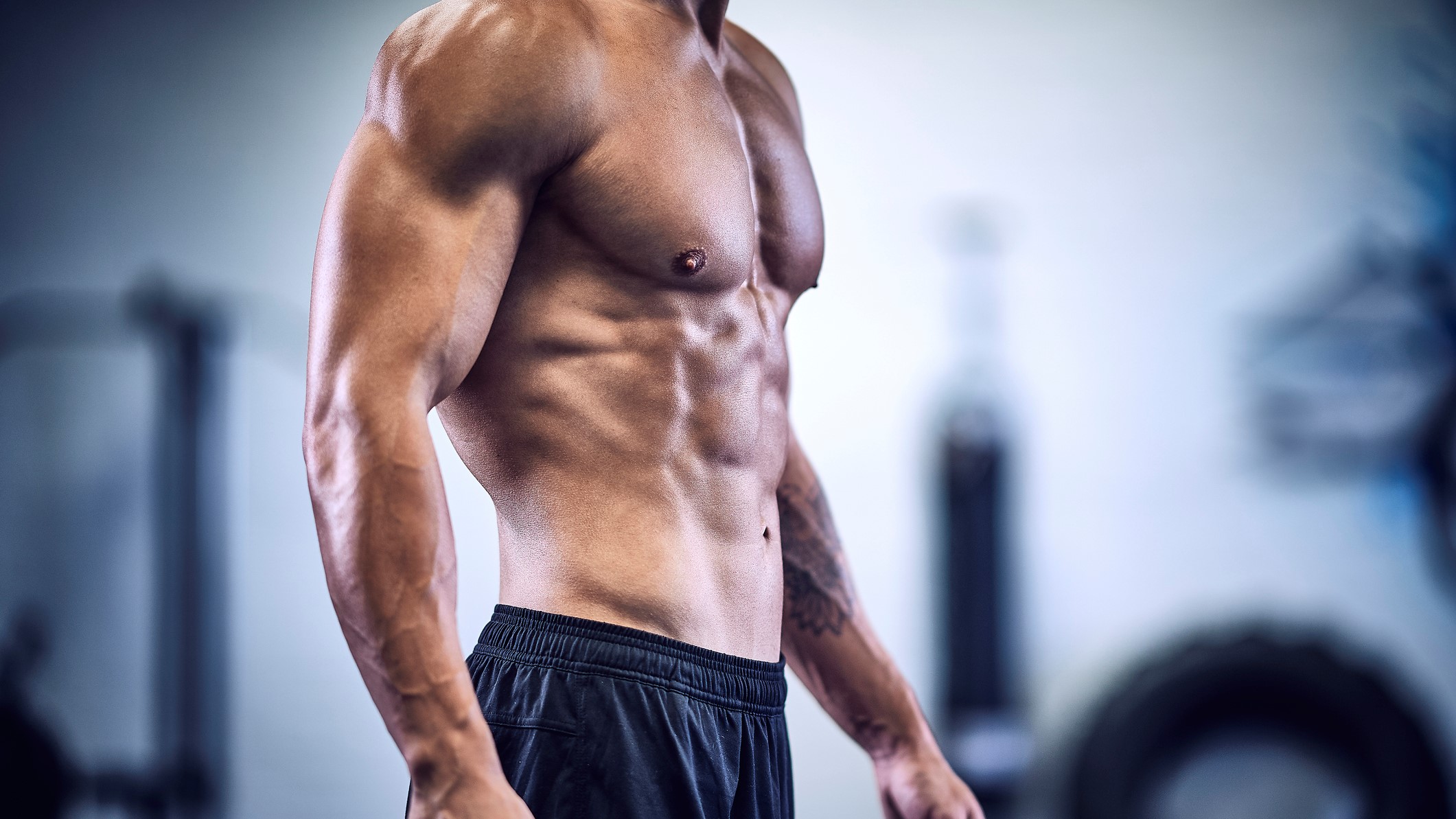Forget sit-ups — 6 core moves Chris Hemsworth’s team swears by
They might look easy, but these will torch your midsection

Not all ab exercises are created equal, and if you’re looking to build your core, it might be worth switching sit-ups out of your routine. Not only are sit-ups not the most effective exercise, but when done with poor form, they can put a strain on your lower back and neck muscles.
So what ab exercises should you do instead? To answer this question, we turned to Thor himself — or the next best thing, with the trainers behind Chris Hemsworth’s fitness app, Centr. (Read what happened when we used the Centr workout app for a month.) While we can’t be sure Hemsworth uses these moves himself, all of the exercises on this list will help strengthen your midsection.
There are a number of benefits to working your abdominal muscles. Strong abs can help reduce lower back pain, improve your posture, help you lift heavier weights, and set a personal record at your next marathon. If visible abs are your goal, however, you’ll need to focus on your overall body fat percentage. Stress, diet, sleep, and fitness levels all affect your body fat percentage, not ab workouts alone. Here’s how to calculate your body fat percentage, and why it matters.
Luke Zocchi, Chris Hemsworth’s personal trainer, told Tom’s Guide, “It doesn’t matter how hard you train your abs if you don’t have a low enough body fat percentage, you stand no chance of seeing that beloved six-pack you have been working so hard for. That all comes down to diet and nutrition. In order to see those washboard abs you have to be lean; we recommend men to have between 8-12% body fat and women around 14-18% body fat for best form.”
6 ab exercises to build your core
Below, we’ve listed the six core exercises Hemsworth’s team recommends. Remember, the key to really working your abs is to move slowly, and with control. To turn this into a workout, do each exercise for 45 seconds, then rest for 15 seconds and repeat the circuit twice through.
A post shared by Centr (@centrfit)
A photo posted by on
Static bear walkout
For this exercise, start in a high plank position, with your wrists stacked underneath your shoulders, your abs engaged, and a straight line from your heels to your forehead. From here, step one leg, then the other in, so you’re in a table top position, with your knees underneath your hips, hovering a few inches off the floor. Hold here for a few seconds, then step back to your high plank.
Tiger curls
For this exercise, start in a three-legged downward dog position, with your core engaged, and one leg lifted up to the ceiling. Keeping your core engaged, lower the leg down and underneath your body, tapping it to your opposite elbow, then straighten the leg back to the sky and repeat. Do all your reps on one side, before switching to the other.
Get instant access to breaking news, the hottest reviews, great deals and helpful tips.
Frog plank
To do a frog plank, start in a low plank position, with your body weight on your elbows, your legs outstretched and your abs engaged. Squeeze your abs, and raise one foot off the floor. Bending at the knee, bring your knee up toward your elbow on the same side — it doesn’t matter if they don’t touch. Extend your leg back to your starting position, and repeat on the opposite side.
Supine v-ups
To do a supine v-up, start by lying on your back, with your lower back pressed into the exercise mat and your legs raised to the ceiling. Engage your core, and lift your head and neck off the mat. At the same time, lower your legs to a 45-degree angle, or as far as you can without your lower back lifting off the mat. Keeping your core engaged, crunch your legs into your chest, then extend them back out to the same angle.
Criss-cross
For this exercise, start in a table top position, with your lower back pressed into the exercise mat, and your hands behind your head — be careful not to pull on your neck during this move. Tap one foot to the ground, and at the same time, twist from your core to tap your elbow on the opposite knee. Keep switching sides.
Rope pulls
Start by lying on your back, with your heels pressed into the floor. Straighten your arms to the ceiling, engage your core, and raise your head, neck and torso up off the mat, moving from your midsection, not your upper body. At the same time, mimic pulling on a rope, as if you were climbing. Once you reach a seated position, lower your body back to your starting position slowly, and with control.
As always, if you're new to an exercise, or you're returning to exercise following an injury, it's always a good idea to check your form with a personal trainer.
More from Tom's Guide
- The exact resistance band workout Chris Hemsworth used on the set of Thor
- Forget planks — this ab workout sculpts your core in 4 exercises
- I did 100 heel touches a day for a week — here’s my results

Jane McGuire is Tom's Guide's Fitness editor, which means she looks after everything fitness related - from running gear to yoga mats. An avid runner, Jane has tested and reviewed fitness products for the past five years, so knows what to look for when finding a good running watch or a pair of shorts with pockets big enough for your smartphone. When she's not pounding the pavements, you'll find Jane striding round the Surrey Hills, taking far too many photos of her puppy.
